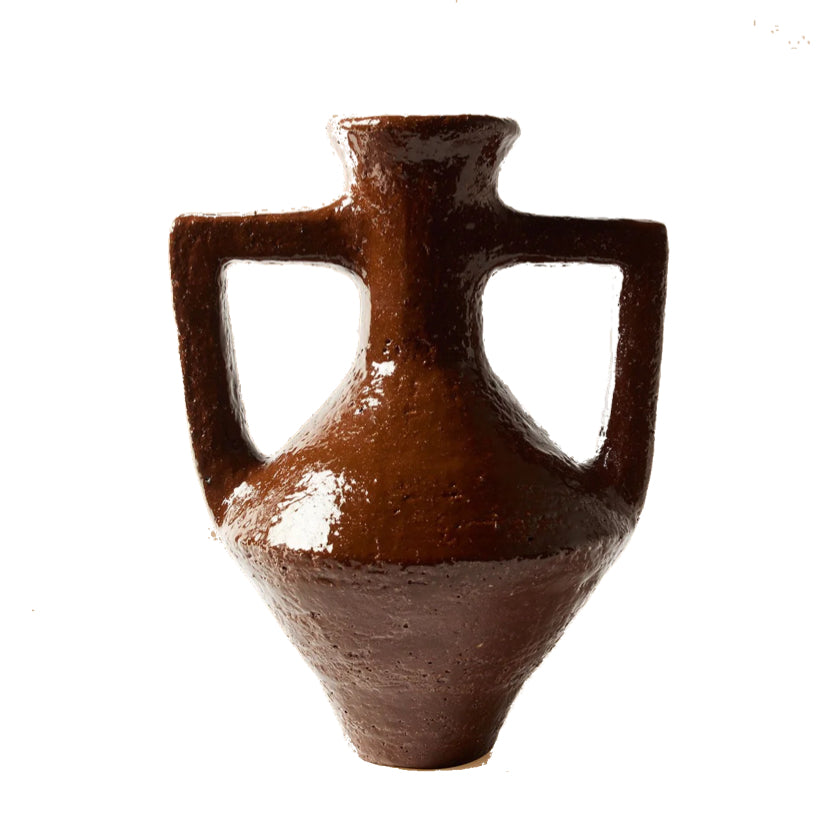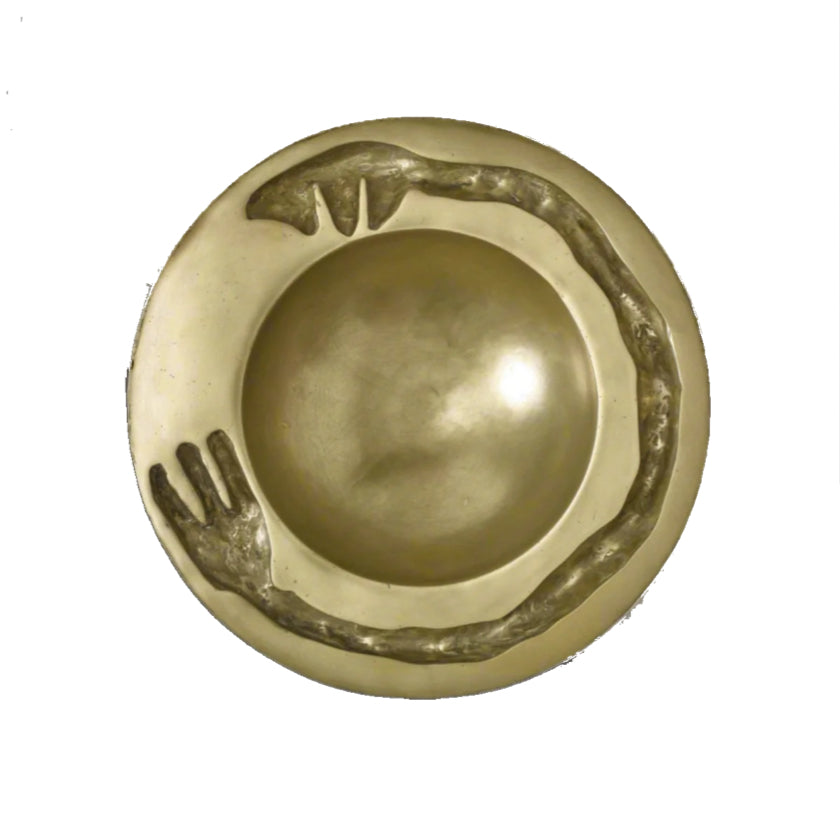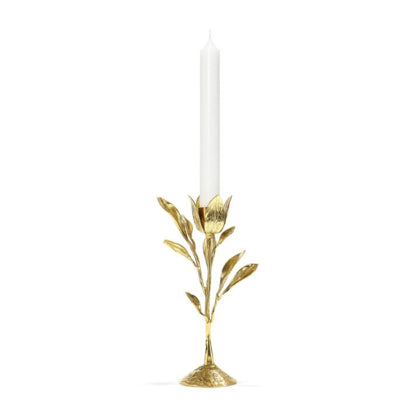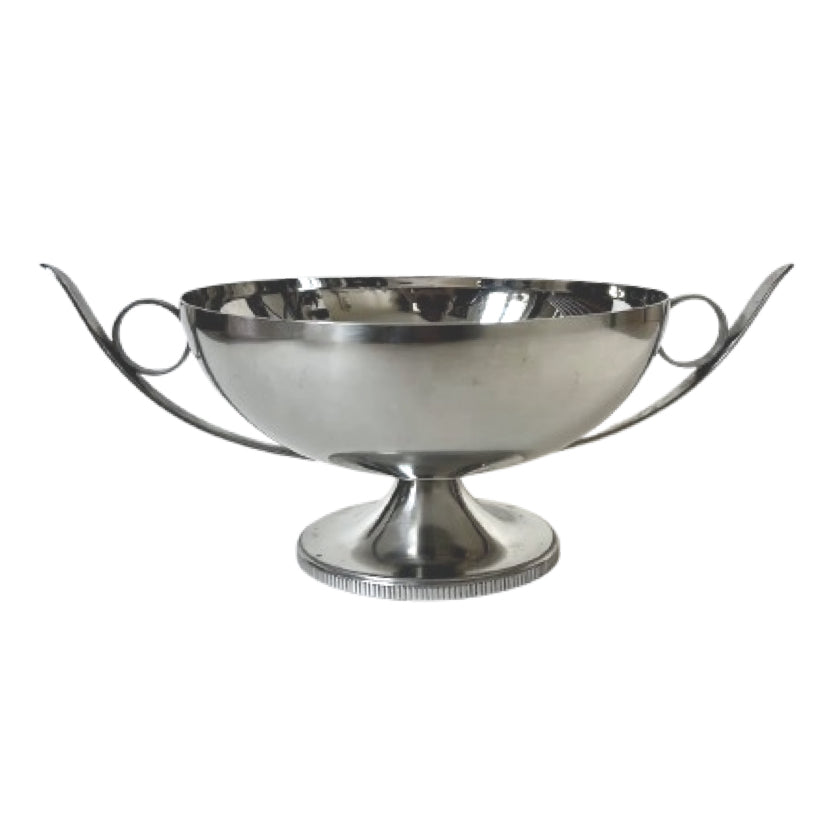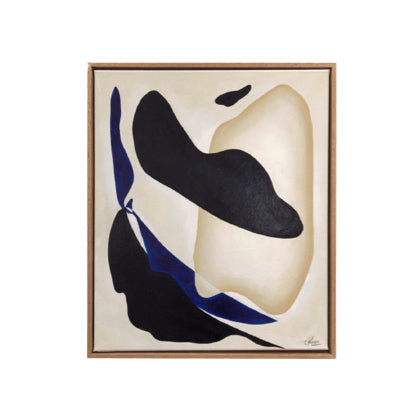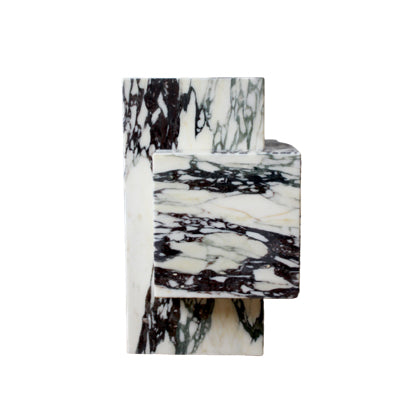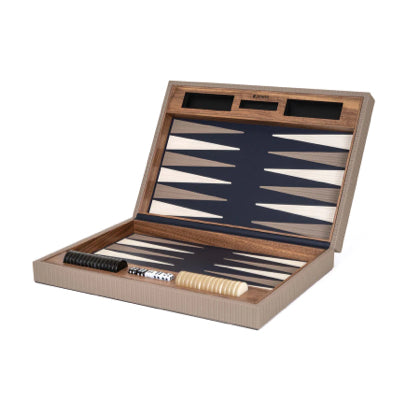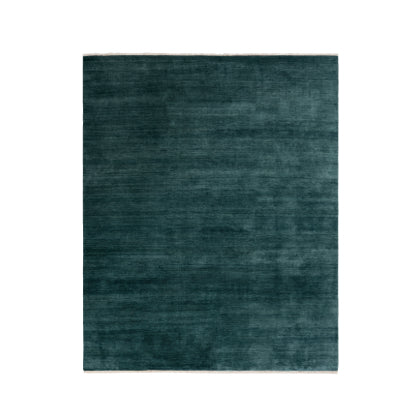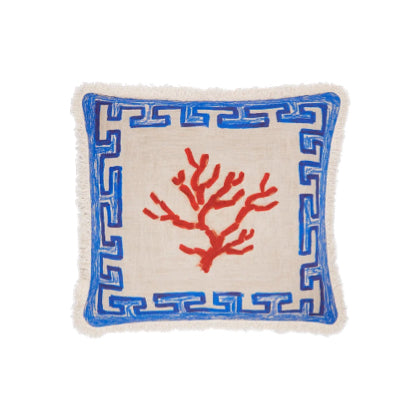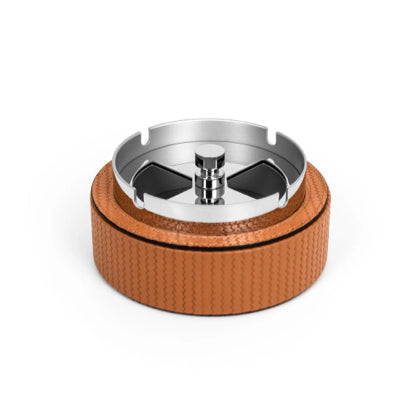Postmodern furniture
The Art of Curating Postmodern Furniture
By showcasing these elements, we aim to emphasize the artistic expressions that define postmodernism, inviting individuals to reflect on how these styles resonate in contemporary living spaces and contribute to modern home decor.
Postmodern furniture offers a refreshing departure from the minimalism of earlier design movements like Danish modern or mid-century styles. It encourages creativity and individuality, allowing each piece to stand alone or work harmoniously in a curated environment. Our selection highlights the ingenuity of designers who challenged conventions, creating works that are as much about art as they are about function. Thus, the collection serves as both a tribute to the past and a canvas for future possibilities.
The essence of our curation lies in celebrating diversity and innovation. Each item tells a story, reflecting the cultural shifts and philosophical inquiries of its time. By bringing together a range of styles and influences, we aim to create a dialogue between the pieces, inviting you to appreciate the dynamic relationships that exist within the world of postmodern design.
Danish modern furniture emerged in the mid-20th century, celebrated for its minimalist aesthetic and functional approach. Characterized by clean lines and organic forms, this design movement reflects a deep respect for craftsmanship and natural materials. The furniture often features warm woods like teak and oak, which add warmth and texture to any space. This focus on simplicity and usability aligns perfectly with the ethos of mid-century design, creating pieces that are both beautiful and practical. Danish modern stands apart by emphasizing a harmonious relationship between form and function, making it a beloved choice for those seeking elegance in their homes.
The cultural significance of Danish modern furniture cannot be overstated. It represents a shift towards a more egalitarian approach to design, where beauty was accessible to the masses. Designers like Hans Wegner and Arne Jacobsen played pivotal roles in this movement, producing iconic pieces that remain highly sought after today. Their work often incorporated innovative techniques that blended traditional craftsmanship with modern aesthetics, resulting in furniture that is not only visually striking but also enduring in quality. The legacy of Danish modern continues to inspire contemporary designers, proving that its principles of simplicity and functionality are as relevant now as they were then.
Integrating mid century pieces into your home can create a warm and inviting atmosphere that celebrates both simplicity and functionality. Begin by selecting key furniture items that embody the essence of mid century design, such as sleek lines, organic shapes, and a mix of materials. A classic Danish modern sofa, paired with a well-crafted coffee table, can serve as the focal point of your living space. Emphasize these pieces by choosing complementary decor that reflects the era’s aesthetic, such as geometric patterns or rich wood tones. This approach allows you to highlight the unique charm of mid century elements while maintaining a cohesive look.
When styling with mid century items, remember that less is often more. Avoid overcrowding your space; instead, let each piece breathe and stand out. Utilize open shelving to display curated collections of ceramics or abstract art, which can enhance the overall appeal of your mid century furniture. Additionally, consider incorporating natural elements, such as plants or wooden accents, to create a balance between the sleek lines of mid century pieces and the warmth of nature. This thoughtful curation not only showcases your mid century treasures but also creates an inviting atmosphere that encourages relaxation and conversation.

